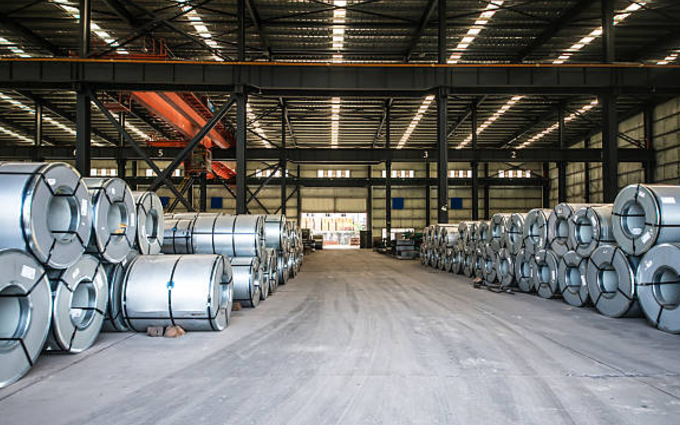
Posted on Thursday, March 28, 2024
Importing steel coil into Canada is a strategic move for businesses involved in construction, manufacturing, or industrial applications. However, the process involves navigating tariffs, delivery logistics, and quality checks.
The cost of importing steel coil to Canada depends on several factors, including:
Understanding the tariff structure and trade agreements is crucial:
Consult the Canada Border Services Agency (CBSA) for updated tariff schedules and regulations.
Efficient delivery requires planning:
Ensuring the quality of imported steel coil is critical:
Q: What documents are required for importing steel coil into Canada? A: You will need a commercial invoice, packing list, bill of lading, certificate of origin, and any applicable mill certifications.
Q: Are there restrictions on the type of steel coil that can be imported? A: Certain types of steel may be subject to import quotas, anti-dumping duties, or specific standards compliance.
Q: How can I minimize tariffs? A: Source from countries with favorable trade agreements with Canada and ensure accurate tariff classifications.
Q: What are common challenges in importing steel coil? A: Delays in customs clearance, fluctuating shipping costs, and quality inconsistencies are common challenges.
Importing steel coil into Canada can be a cost-effective solution for many industries, provided the process is managed with due diligence. By understanding costs, navigating tariffs, ensuring quality, and coordinating logistics, businesses can streamline their operations and maximize value.
For further assistance, consult with trade experts or customs brokers to navigate the complexities of steel coil importation into Canada.
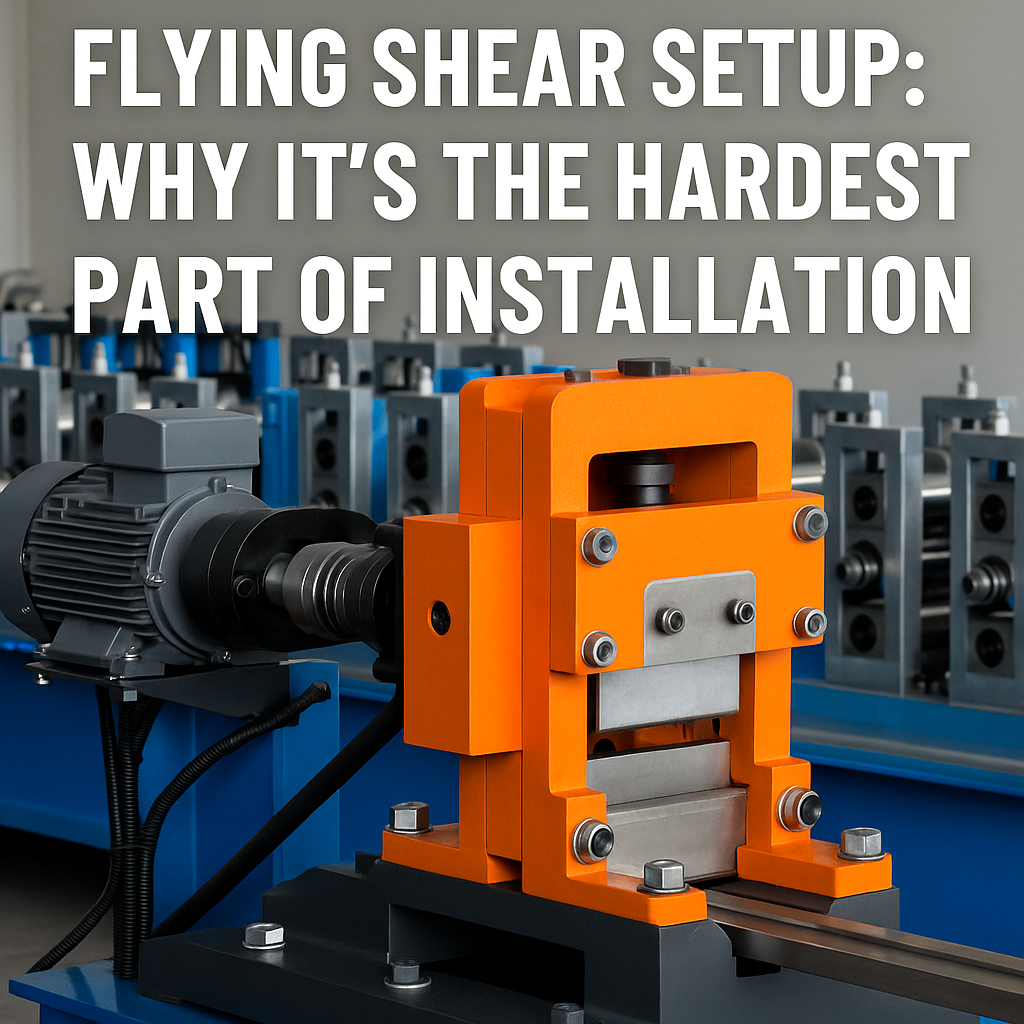
Flying Shear Setup: Why It’s the Hardest Part of Roll Forming Machine Installation
Posted on Monday, November 24, 2025
If you want a header image, meta description, or series continuation, just tell me.
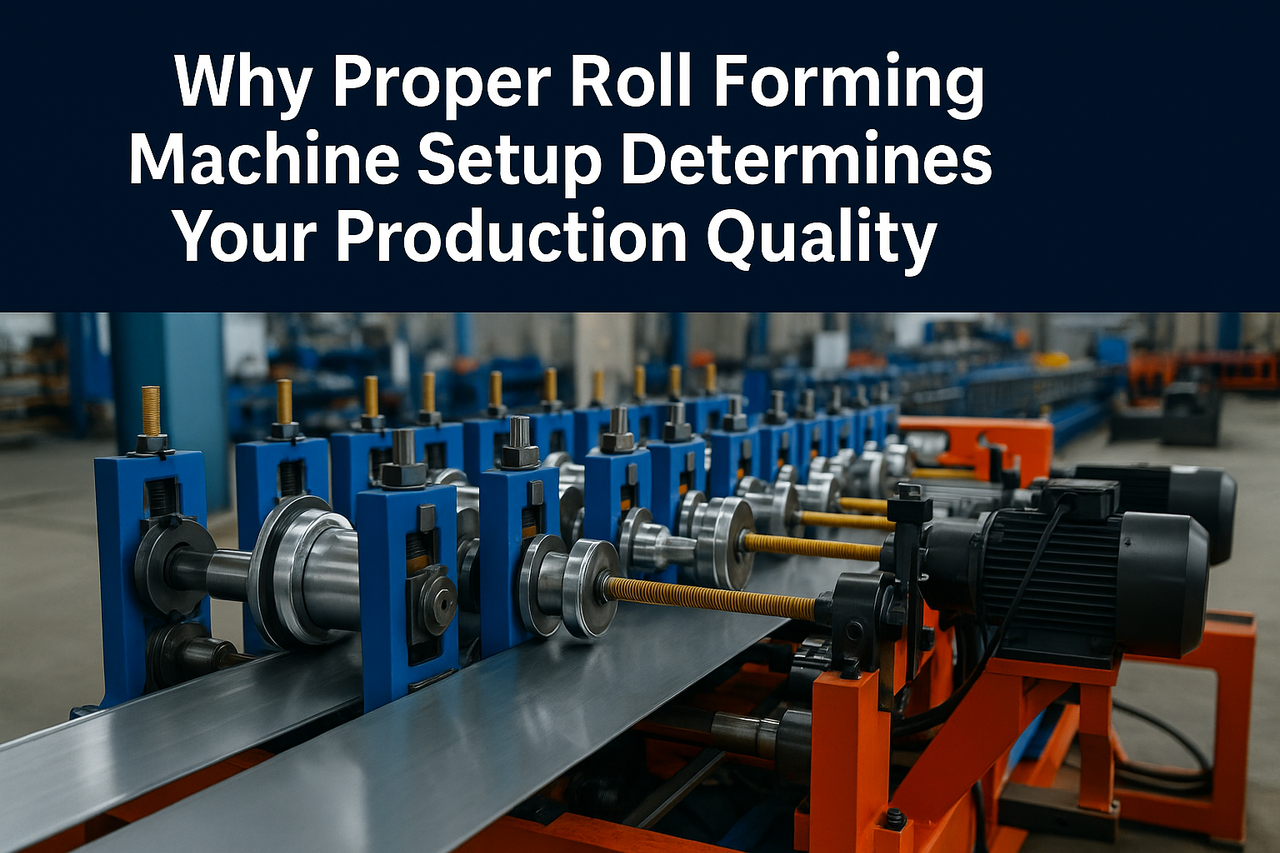
Why Proper Roll Forming Machine Setup Determines Your Production Quality
Posted on Monday, November 24, 2025
The #1 factor that decides accuracy, scrap rate, speed, and consistency.
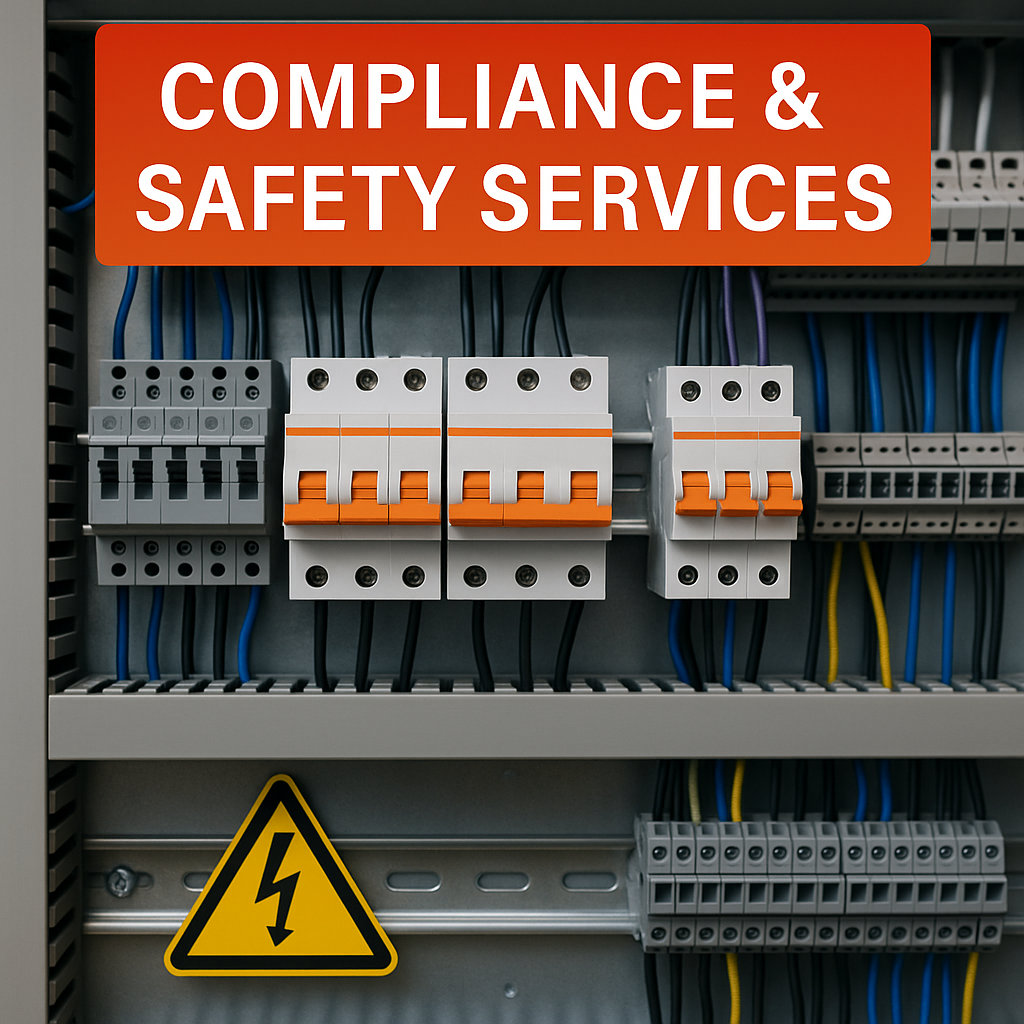
Compliance & Safety Services for Roll Forming Machines — Full Guide
Posted on Sunday, November 23, 2025
How Machine Matcher keeps your machines safe, legal, and fully compliant with CE, UL, and UKCA standards.
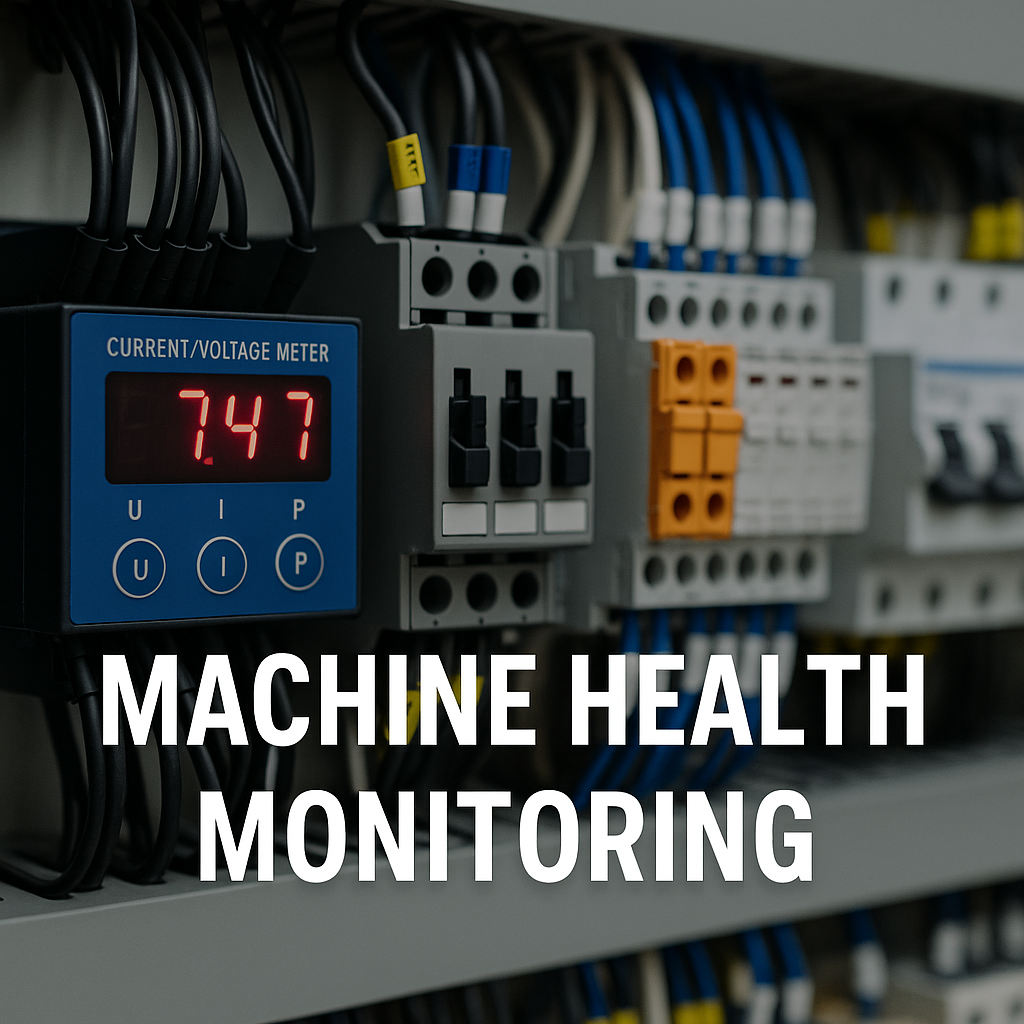
Machine Health Monitoring for Roll Forming Machines — Complete Diagnostic Service Guide
Posted on Sunday, November 23, 2025
Continuous diagnostics that prevent breakdowns, reduce downtime, and extend machine life.
Copyright 2025 © Machine Matcher.